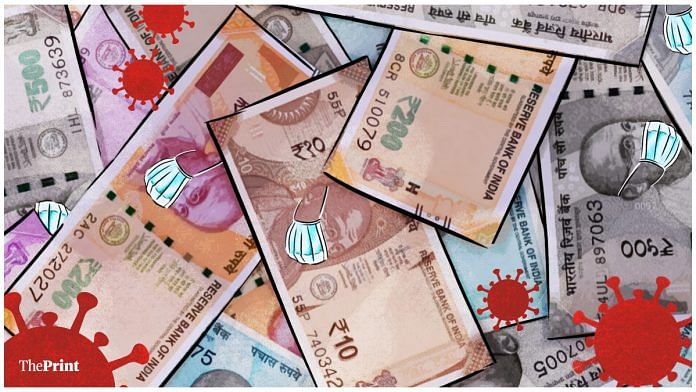Economic growth in the April-June quarter has turned out to be short of almost all forecasts, both official and private. The private forecasters have now lowered their expectations for the full year’s growth to less than 7 per cent, something that the government seems reluctant to do. Where the figure finally settles will be determined by growth in the coming quarters — forecast modestly by the Reserve Bank as averaging between 4 and 5 per cent. And growth in the year that follows (2023-24) is expected to be around 6 per cent.
Such unflattering numbers hark back to the slowdown in the pre-Covid year of 2019-20, when growth had dropped to 3.7 per cent. The intervening Covid-hit years of 2020-22 saw virtually no growth. If the full five-year period, 2019-24, is taken together, growth will have averaged just 3.6 per cent — the slowest five-year period since the 1970s.
Admittedly, there are bright spots to the scenery — like individual batsmen or bowlers in a cricket team performing even though the team as a whole is not. Thus, one could take cheer from improvements in the transport infrastructure, the productivity gains of multi-faceted digitisation, the energy transformation underway, and buoyant tax revenue.
It is also true that, in a difficult period, India is doing better than almost all other large economies. Despite all this, the overarching goal of rapid economic growth (usually taken to mean at least 7 per cent annually) just does not show on the map. Perhaps the explanation is that, just as “Long Covid” is now a medically recognised phenomenon because of the virus’ complex side-effects, there is a “Long Covid” in economics too.
For instance, both the US and Europe (including the UK) are now paying the price for going overboard while tackling Covid’s economic impact, combined with the backwash effect of the sanctions slapped on Russia. Saddled with heavy public debt and high inflation, the two leading continental economies are expected to slip into recession as their central banks focus on battling rampant inflation with higher interest rates that may stay elevated for a couple of years. Meanwhile, China’s growth in the April-June quarter was a mere 0.4 per cent. It is not likely to ever return to the rapid growth rates of the past.
These three mega-economies account for more than two-thirds of world GDP. So, while emerging markets may continue to grow, global growth as a whole will be modest. Compared to the average world economic growth rate of 3 per cent in the inter-crisis period (post-financial crisis and pre-Covid), the current outlook for 2022 and 2023 signals a clear slowdown. While the Indian economy continues to do better than others, it is not located on some other planet and is bound to be affected by the global headwinds.
Also Read: India has joined the global chip race. Question is, should it fly solo?
The domestic constraints are equally real. India’s public debt has climbed sharply, and inflation is out of line. Policymakers focus on retail inflation (currently 6.7 per cent), but can’t ignore wholesale price inflation running at over 15 per cent. Interest rates have, therefore, been jacked up, and will be raised further.
The impact of substantially higher public debt is also real. Back in 2010-11, the interest cost of Central government debt ate up 29.7 per cent of revenue receipts. By 2014-15, this ratio had increased to 36.5 per cent, which is where it stayed till Covid hit. The spending required to tackle the Covid fallout has now taken public debt to a point where interest payments eat up as much as 42.7 per cent of revenue receipts.
Higher interest rates could further increase this pre-emption at a time when the fiscal deficit is already high and needs to be brought down. In short, while monetary policy will be a drag on growth, there is little fiscal room to provide a booster shot. These macro-economic realities make growth moderation unavoidable. The country may or may not hit the 7 per cent mark this year. But, given the totality of global and domestic circumstances, if India can grow at a sustained rate of even 6 per cent annually, it will be a signal achievement.
By special arrangement with Business Standard
Also Read: Family man, confident investor & eternal India optimist — farewell, Rakesh Jhunjhunwala



